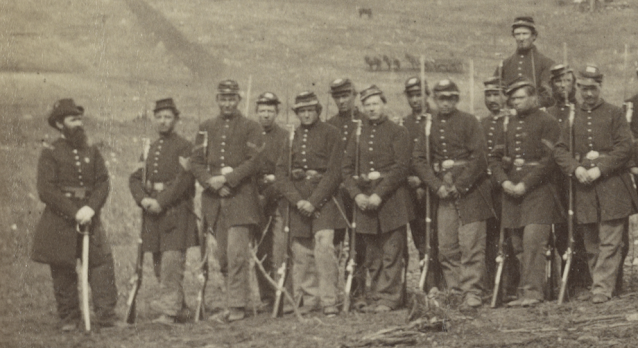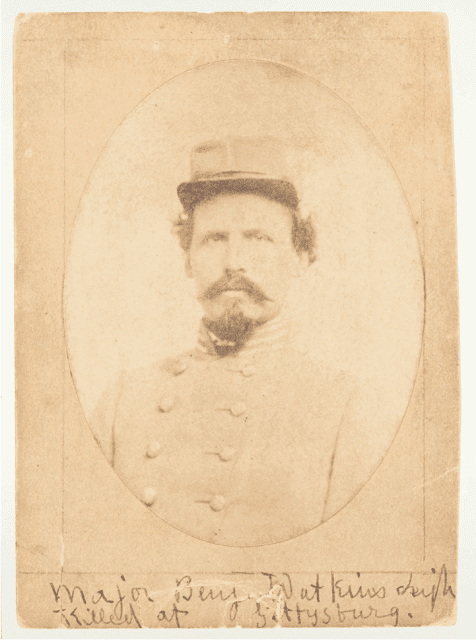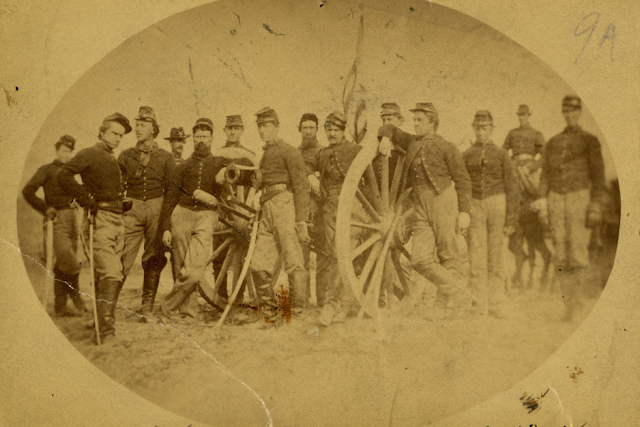Blue and Gray View of Seven Pines: The 6th Alabama on the Attack

A ccording to Captain George Hooper of the 6th Alabama, the hardest fighting for his regiment at Seven Pines came near sunset on May 31, 1862. His regiment, part of General Daniel Harvey Hill's division, assaulted General Silas Casey's Federal division along the Williamsburg Stage Road early in the afternoon and after driving Casey's men back over a mile, ran into stiffening Federal resistance. The tides turned and it cost the 6th Alabama dearly. " Near night we were ordered to retreat, the enemy having pressed entirely around our right and in effecting this retreat the 6 th Alabama lost most of her men," stated Captain Hooper in a letter published in the Columbus Daily Sun . "The men at first slow about it, not liking the name of the thing, and they fell in heaps. All of the captains were killed or wounded except three and most of the other officers were shot down which created great confusion as the men could not find their companies. Of my company, o...



















